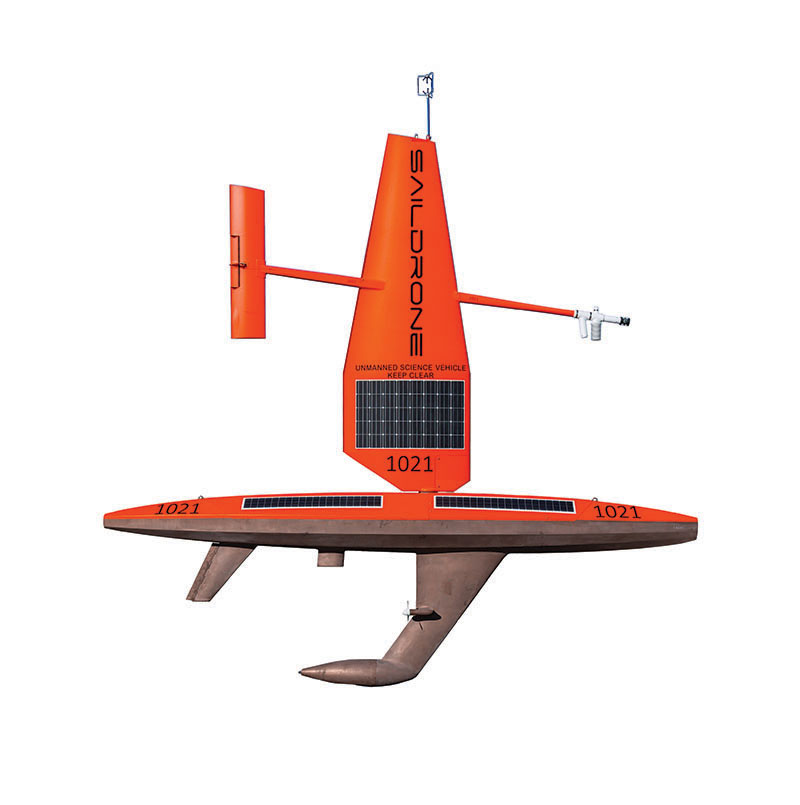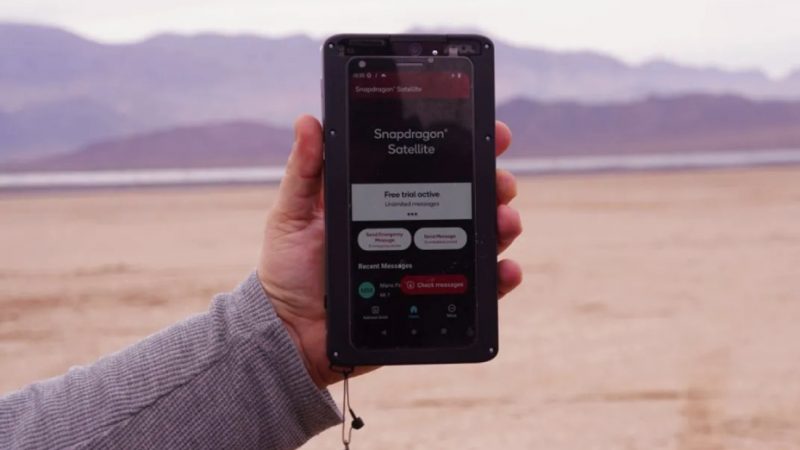The Southern Ocean Can Absorb Massive Human Produced CO2
Participating researchers used aircraft observations of atmospheric carbon dioxide to gather these findings. The report revealed that the icy waters in this area absorbed nearly 0.53 more petagrams of carbon than they emitted every year.
According to Matthew Long, a scientist at the National Center for Atmospheric Research (NCAR):
“Airborne measurements show a drawdown of carbon dioxide in the lower atmosphere over the Southern Ocean surface in summer, indicating carbon uptake by the ocean.”
When CO2 emitted by humans enters the atmosphere, the ocean absorbs some gas. Icy water from the ocean rises to the surface through upwelling. Waters on the surface absorb CO2 present in the atmosphere with photosynthesizing organisms called phytoplankton.
According to the measurements of CO2 and other oceanic properties, the Southern Ocean absorbs about 40% of the CO2 produced by humans.
Thanks to the Saildrone!

Saildrone is a remote-controlled Uncrewed Surface Vehicle (USV) that navigates a specific route while collecting data from onboard sensors.
Saildrone partnered with Australia’s Commonwealth Scientific and Industrial Research Organisation (CSIRO) and the National Oceanic and Atmospheric Administration (NOAA) to conduct this study. The Sailboard covered more than 13,000 miles in 196+ days to perform the research.
The Saildrone USV is built to withstand the Southern Ocean’s extremely high waves and winds. It collected measurements of air, wind, pressure, and CO2 from the atmosphere and sea surface every hour. It captured data while navigating 50-foot waves and even survived a few collisions with an iceberg.
Saildrone 1020 was launched from Point Bluff in New Zealand in January 2019. It started gathering and transferring data on marine populations, weather, and CO2 levels in water and air from day one.
Scientists could observe the exchange of CO2 between the Southern Ocean and the atmosphere by directly measuring wind speed in addition to CO2. They used this data to estimate potential ambiguities in these findings as well as possible errors caused by other approaches to estimate CO2 exchange.
Why does it Matter?
Human-emitted CO2 is a big challenge on the way to combat climate change. In fact, it’s the biggest threat to mankind. Studies like these can be very helpful in taking effective prevention and control measures.
Co-author Nancy Williams says,
“The best way to improve our future predictions of the ocean and climate change is to better understand how the system behaves today. This will require more ocean carbon data from regions and seasons which have been historically undersampled.”
Besides what the government and research entities are doing, it’s important that we do something on an individual basis.
Save the planet, save mankind.
<< Previous








